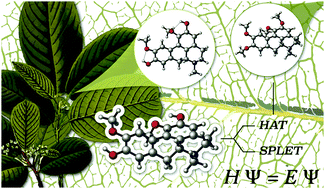Previous experimental results on the free radical-scavenging properties of boldine, one of the most potent natural antioxidants, suggested that the benzylic hydrogen, neighboring a nitrogen lone electron pair, might be the key to its protective and antioxidant effect, in contrast to the usually assumed labile phenolic hydrogen atoms. Our computations suggest that both boldine and glaucine can undergo two successive hydrogen transfers under attack by an oxidizing radical (from C-6a-H and C-7-H). The hydroxyl groups of boldine could also participate via the HAT mechanism, although to a lesser extent. In the case of quaternary N-methylated derivatives, the sharing of the nitrogen lone pair makes the transfer of the C-6a hydrogen energetically unfeasible, supporting the earlier proposal based on experimental evidence. The hydroxyl groups of boldine and its derivatives could contribute to antioxidant activity via the sequential proton loss electron transfer mechanism, although this would only be relevant at higher pH values.

